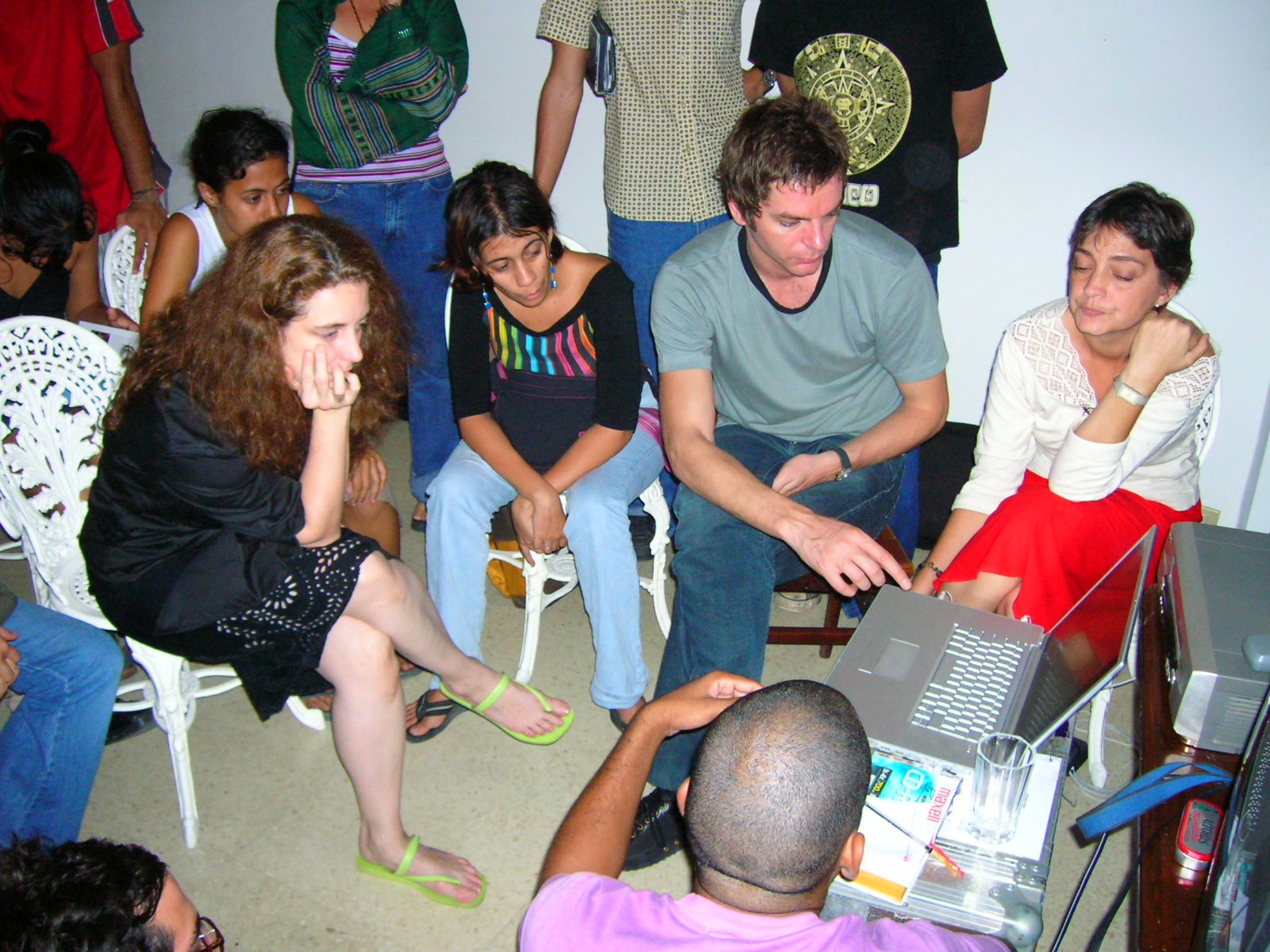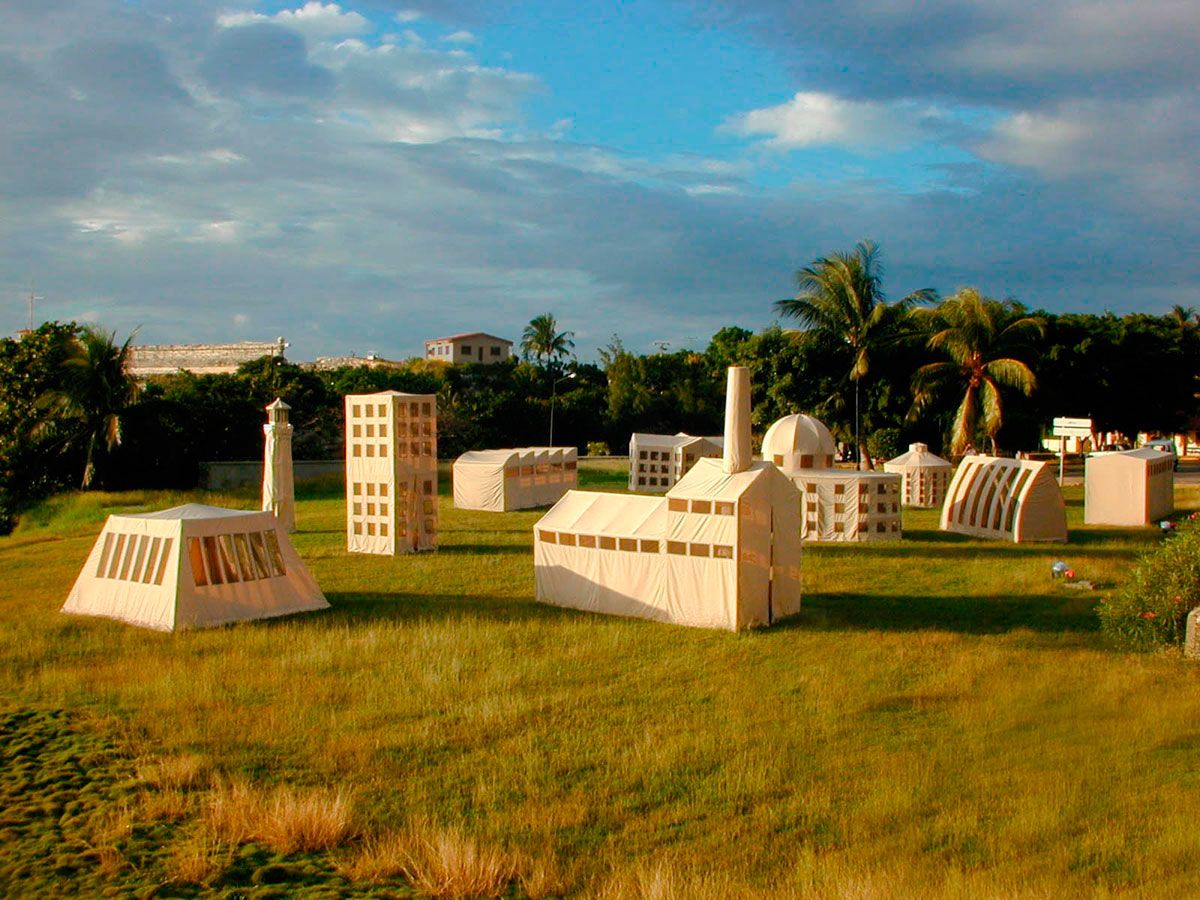Félix Suazo: How do you see the role of teaching artists in the configuration and development of the artistic renovation currents in Cuba? Could you give us some names of teaching artists in Cuba that you consider relevant? And, from your perspective, what are their contributions to the educational field?
The Relevance of a 'Liquid' Pedagogy
In this interview, Cuban curator, critic, and art historian Gerardo Mosquera shares his views on the role of teaching artists in the configuration and development of the artistic renovation currents in Cuba in recent decades. He also talks about curatorship and art criticism as educational facts.
His extensive trajectory as a scholar of Latin American art and its insertion in global dynamics poses an open perspective framed in the notions of "openness, diversity, and flows." In this context, he points out the potentiality of a “liquid pedagogy.”

Gerardo Mosquera: The Instituto Superior de Artes (ISA) [Higher Institute of Art], founded in 1976 in Havana, was a foyer of education and artistic and cultural ferment during the 1980s, 1990s, and 2000s. This impact was largely due to the teaching activities of young artists, critics, and theoreticians who worked as professors there and were leading the artistic avant-garde at the time, the so-called New Cuban Art. This circumstance allowed connecting, in a very lively way, the effervescence of advanced artistic production with the teaching work. This practice was carried out by artists such as Consuelo Castañeda and Flavio Garciandía (at first), René Francisco and Lázaro Saavedra (at a second moment), as well as the theorists Guadalupe Álvarez and Magaly Espinosa, and the critic Osvaldo Sánchez.
René Francisco's Galería DUPP project was especially significant, as it brought together several students in a joint artistic activity beyond the teaching field. This space fostered an intense production and discussion of ideas that yielded remarkable works, one of which was even awarded an international prize. René Francisco has recently published the archive of this project in a thick volume that gathers all the vast and multiple activities they carried out. Likewise, Lázaro Saavedra's Enema project brought together students in a similar and equally prolific action, but more oriented toward performance art.
All this pedagogical activity was enormously fruitful in the formation of new artists and its reverberations went beyond ISA, establishing connections with the living practice of art. Of utmost importance was also the Cátedra Arte de Conducta [Behavior Art School] organized and sponsored by Tania Bruguera, which lasted seven years and was attended by artists, theoreticians, critics, and curators from several countries. The space was characterized by a very free pedagogy and openness to anyone who showed artistic talent. A good part of the current Cuban artists emerged from the School.
In a text on the work of Tania Bruguera, you comment on her relationship with the teaching of Juan Francisco Elso Padilla, who was one of her professors. Could you comment on Juan Francisco Elso Padilla's teaching activity, the central aspects of his teachings, and his main disciples?
His pedagogy focused on anti-conventional work, oriented by very free creative processes, especially establishing a relationship with nature and using heterodox materials and methodologies; it was an approach full of spirituality and even mysticism. This pedagogy was linked to the work with children developed by Gustavo Pérez Monzón at the Casa de Cultura of Jaruco. Among his disciples, I remember Luis Gómez.


What kind of artistic teaching would be relevant in the current context of a multipolar and globalized world?
I do not feel in a position to answer this question, as I have never practiced art teaching. However, if we talk about globality and multipolarity, we are talking about openness, diversity, and flows; so, it seems to me that a "liquid" pedagogy would be required, following the notion of Zygmunt Bauman.
Is it possible to educate through curatorship and art criticism?
Yes, it is possible, and the reason is very simple: both are discursive activities that produce meaning and knowledge. All good curatorship and all good art criticism always teach; they are educational facts.

